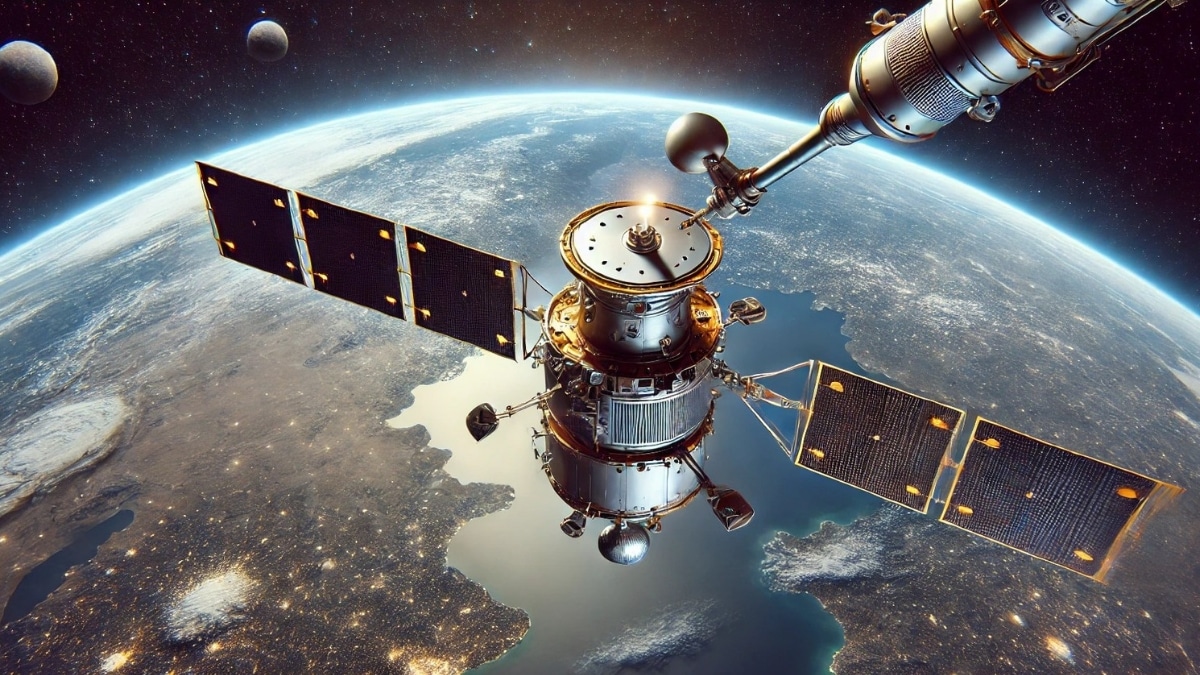 Image Credits: Space News
Image Credits: Space News
Refuellable satellites are designed to receive fuel and other necessary supplies in space, enabling them to stay operational far beyond their initial lifespan. This capability is critical as nations and private entities increasingly rely on space for communications, navigation, and surveillance. With space becoming more congested and contested, these satellites offer a vital edge by allowing for extended missions and the potential to reposition or repair satellites without returning to Earth.
The strategic advantage is evident in several scenarios. For instance, refuellable satellites could be used to enhance early warning systems for missile launches or adjust their orbits to avoid potential collisions with space debris. Additionally, they provide flexibility for long-term scientific missions, such as observing distant celestial bodies or monitoring environmental changes from space.
The technology behind refuellable satellites is advancing rapidly, with several companies and space agencies actively developing and testing refueling mechanisms. This innovation is not only a testament to human ingenuity but also a necessary evolution in response to the growing complexities of space operations.
The integration of refuellable satellites into space infrastructure could redefine how space is utilized and protected. As nations continue to push the boundaries of space exploration and security, the ability to maintain and extend satellite functionality will play a crucial role in ensuring operational supremacy and mitigating emerging threats in the final frontier.
Recent tests have demonstrated successful refueling operations in low Earth orbit, paving the way for more ambitious missions. Organizations like the European Space Agency (ESA) and private firms like Northrop Grumman are leading these efforts, with plans to implement refueling technology on commercial satellites in the near future.
